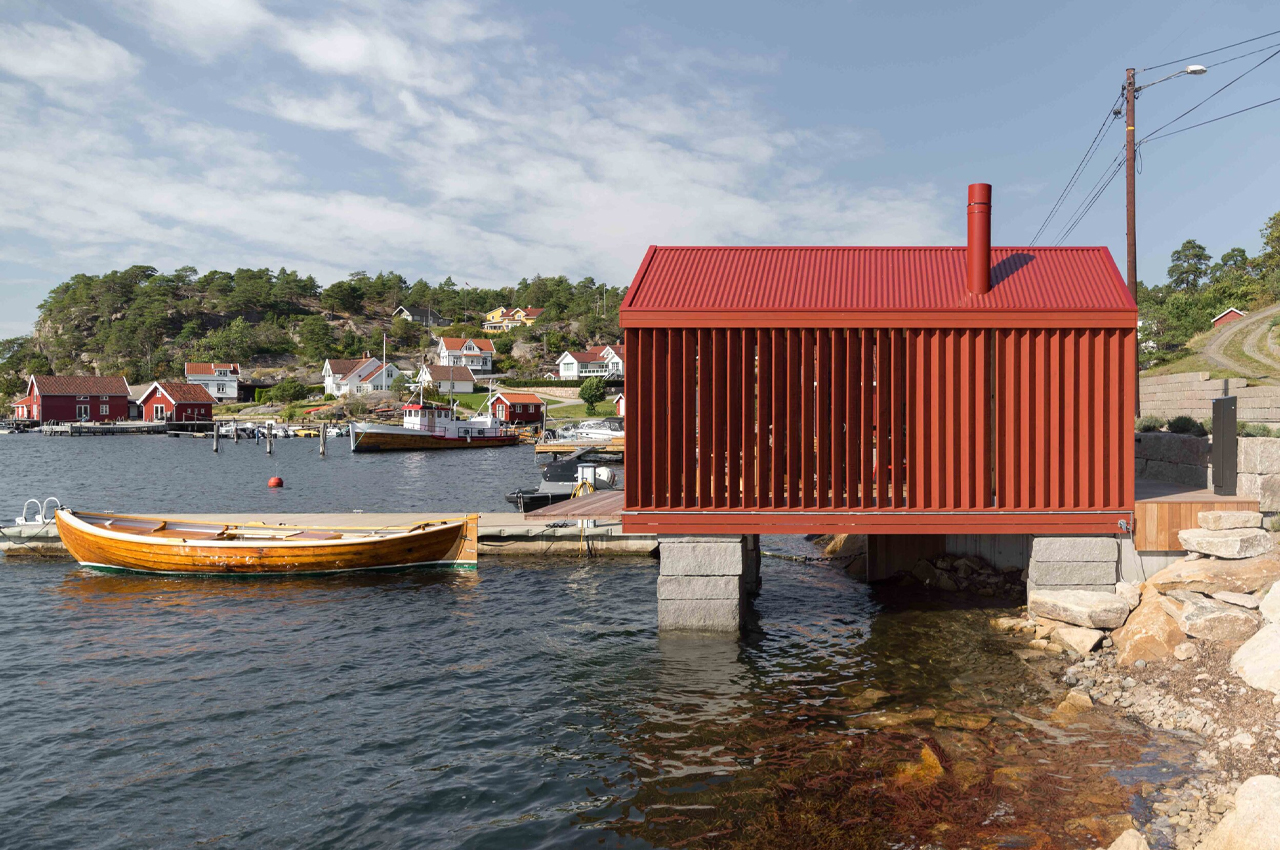
The Badehus, or Bathhouse, is a modern, minimalist reinterpretation of the traditional Norwegian boathouse with 45-degree angled timber planks that give it a dynamic, semi-enclosed look.
Reinterpreting traditional boathouses to fit in today’s world boils down to making them functional for modern needs without stripping them of their old-world charm. The Norwegian boathouse, or naust as it’s colloquially termed, is traditionally built using one of three methods: gate, timber, or stone construction. While each method typically maintains the same frame shape, each method gives the boathouse a unique finished look.
Designer: Handegård Arkitektur
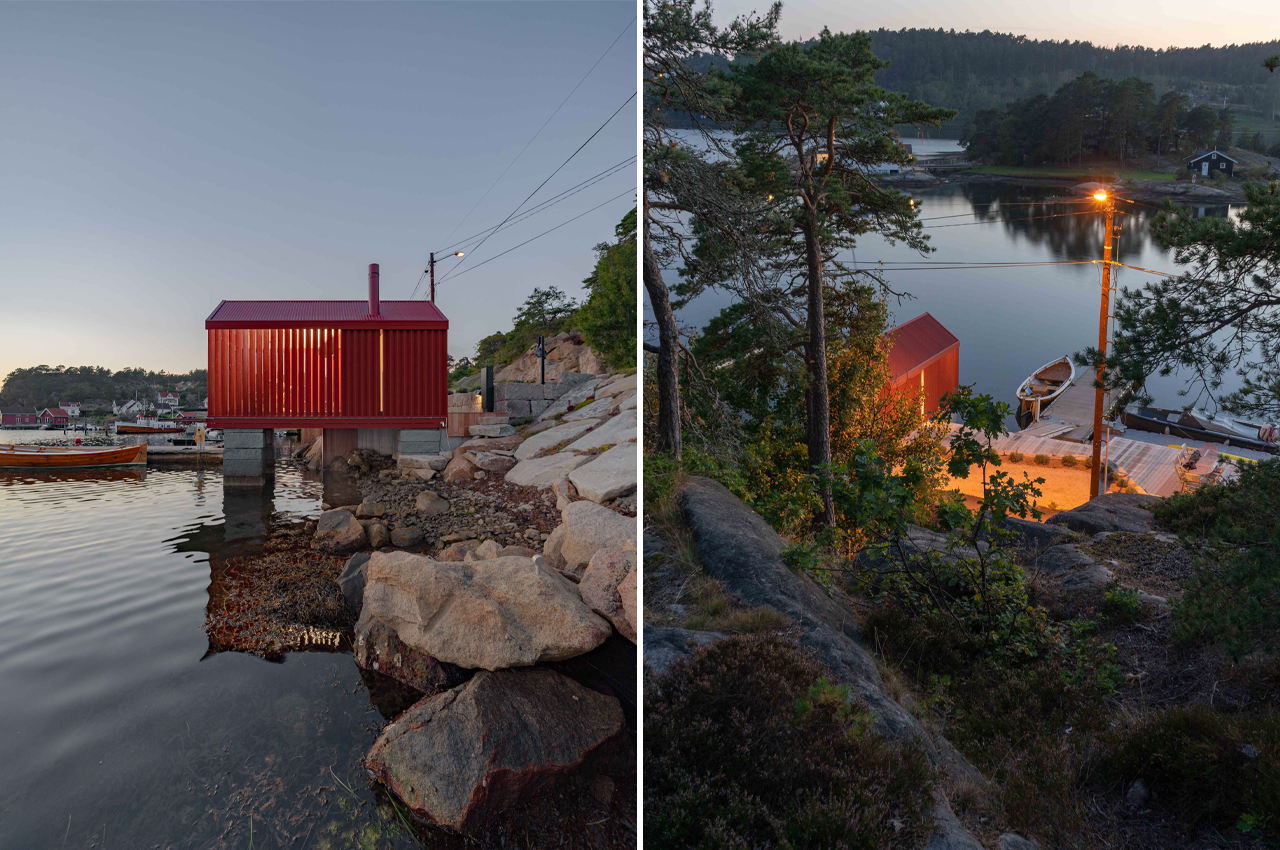
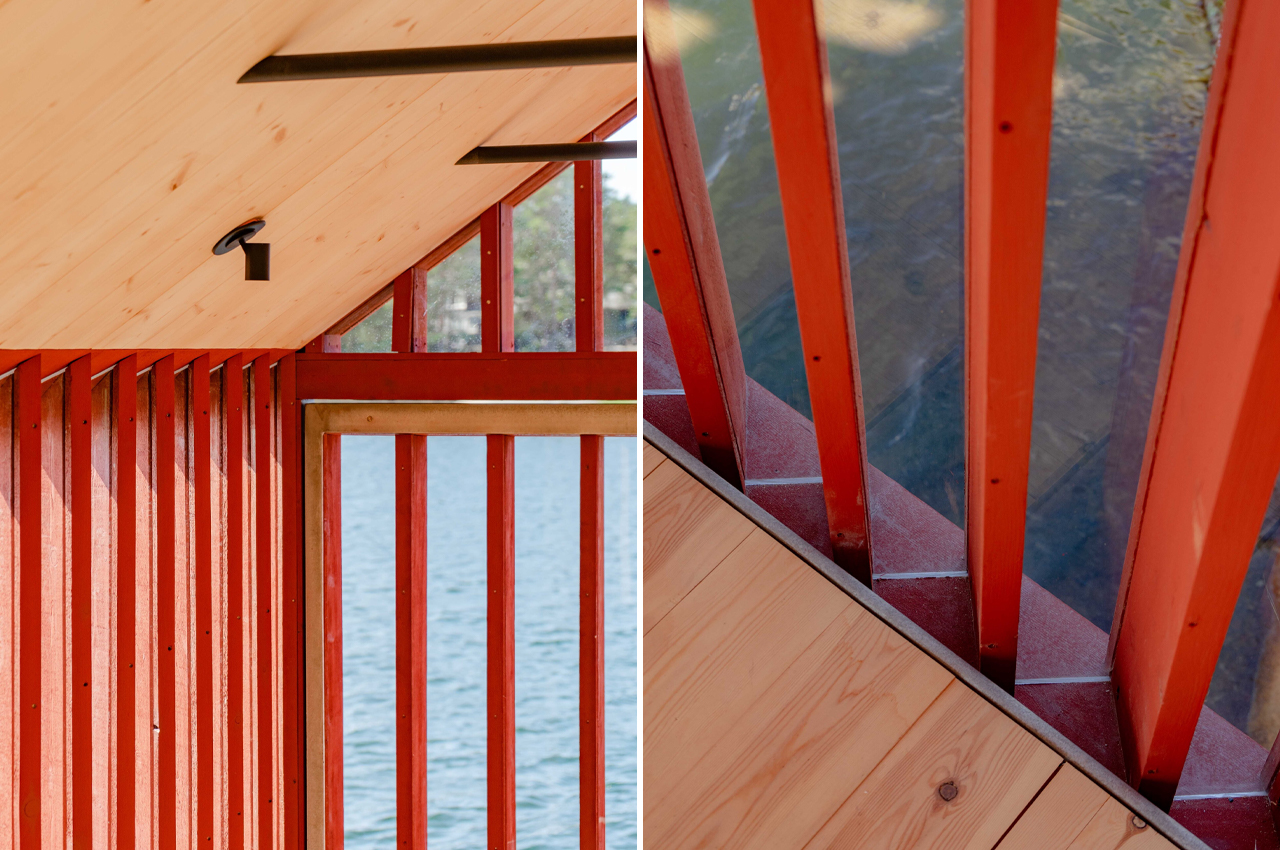
Handegård Arkitektur tried its hand at reinterpreting the traditional Norwegian boathouse for the 21st century, using an alternative gate construction method. Handegård Arkitektur constructed the Badehus, which translates to Bathhouse, as a tiny retreat to accommodate a small clinker-built boat.
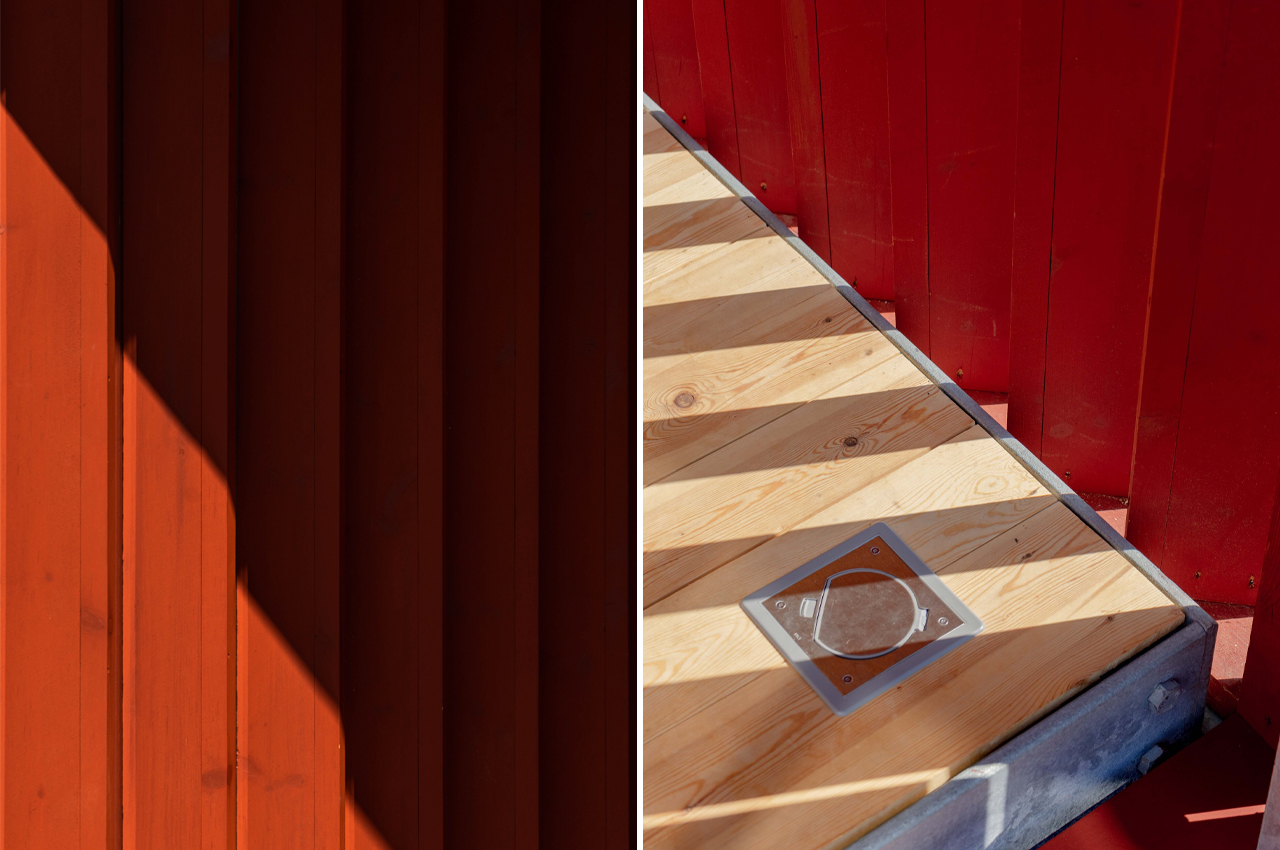
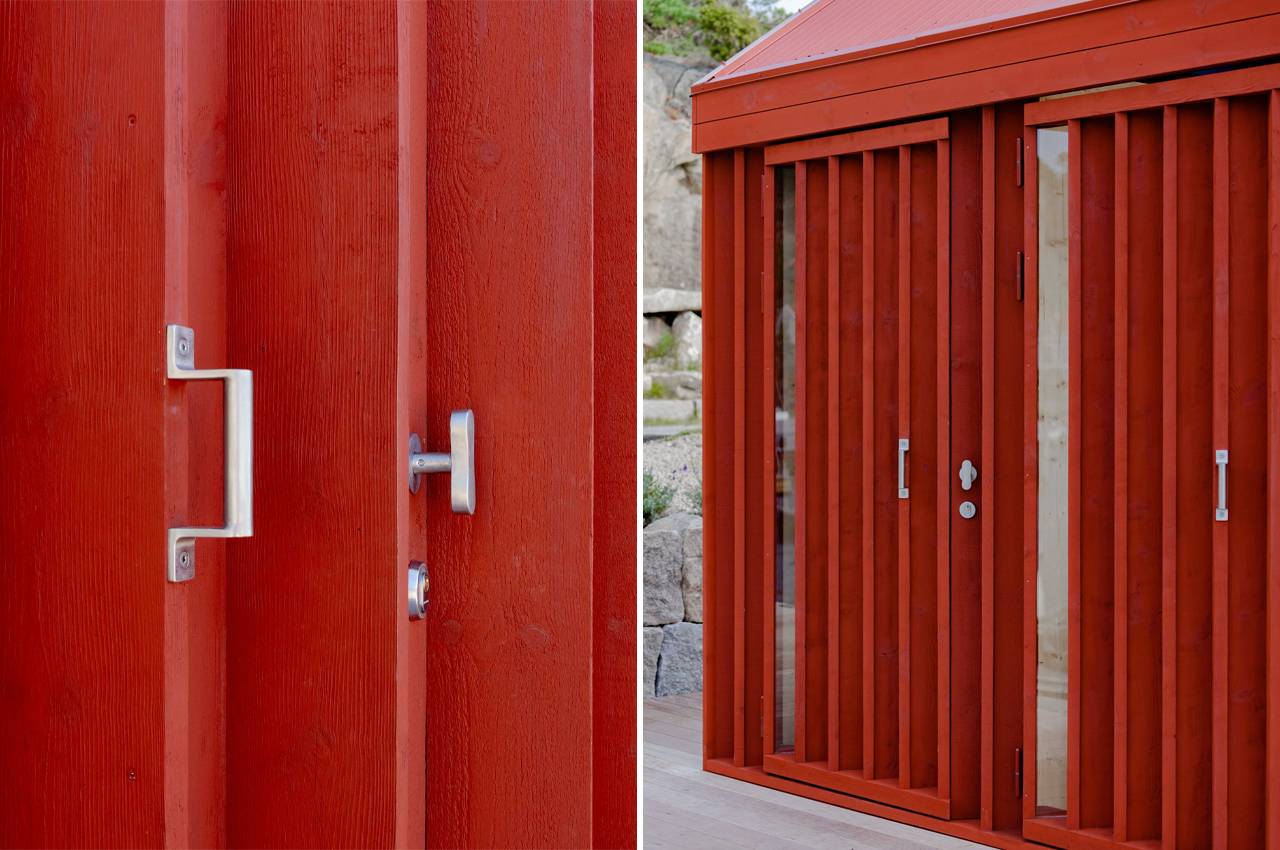
From behind, the Bathhouse appears like a fully-enclosed red boathouse without any windows. A closer look reveals a completely different building. Inside, each facade of the Bathhouse is lined with thin timber planks angled at 45-degrees that open the interior up to the outside. The planks are angled so that the boathouse is enclosed from behind, but entirely open from the front.
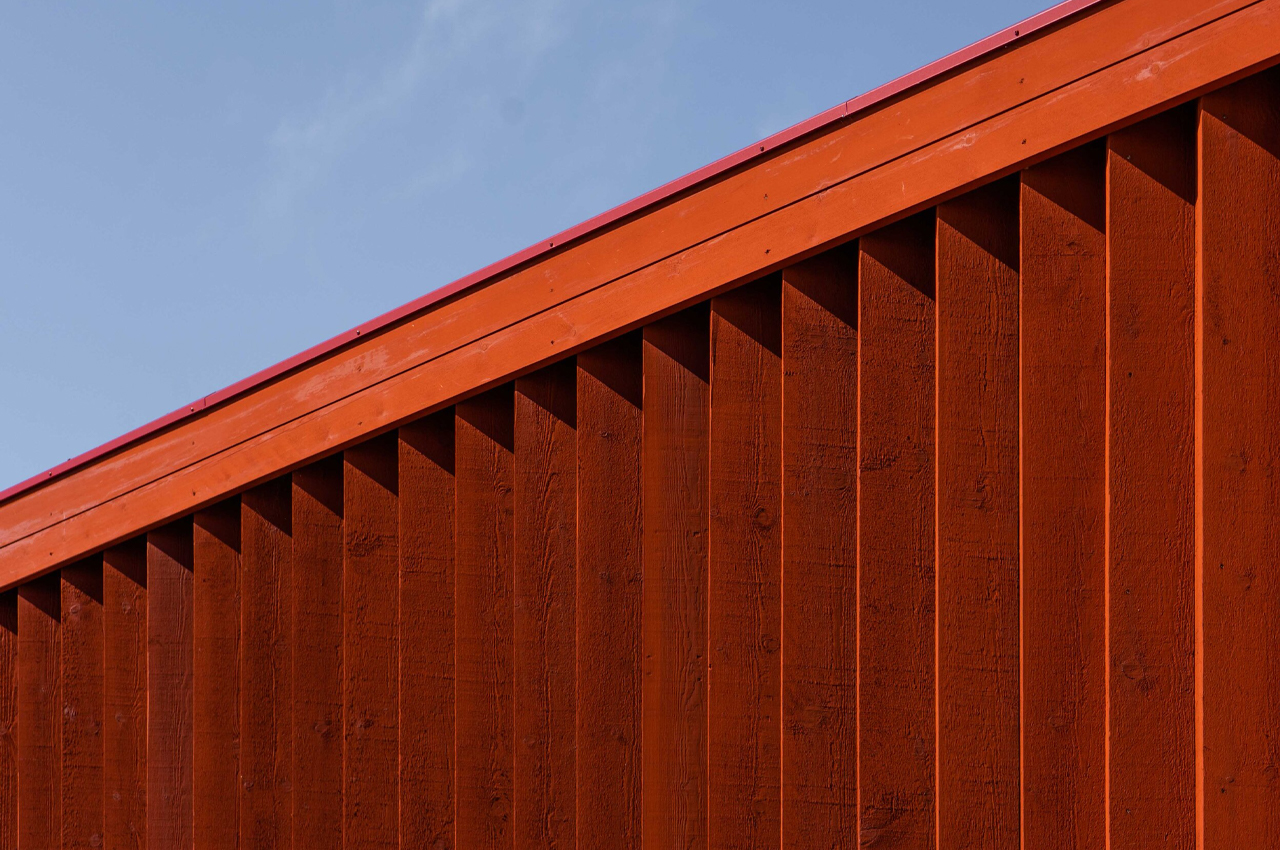
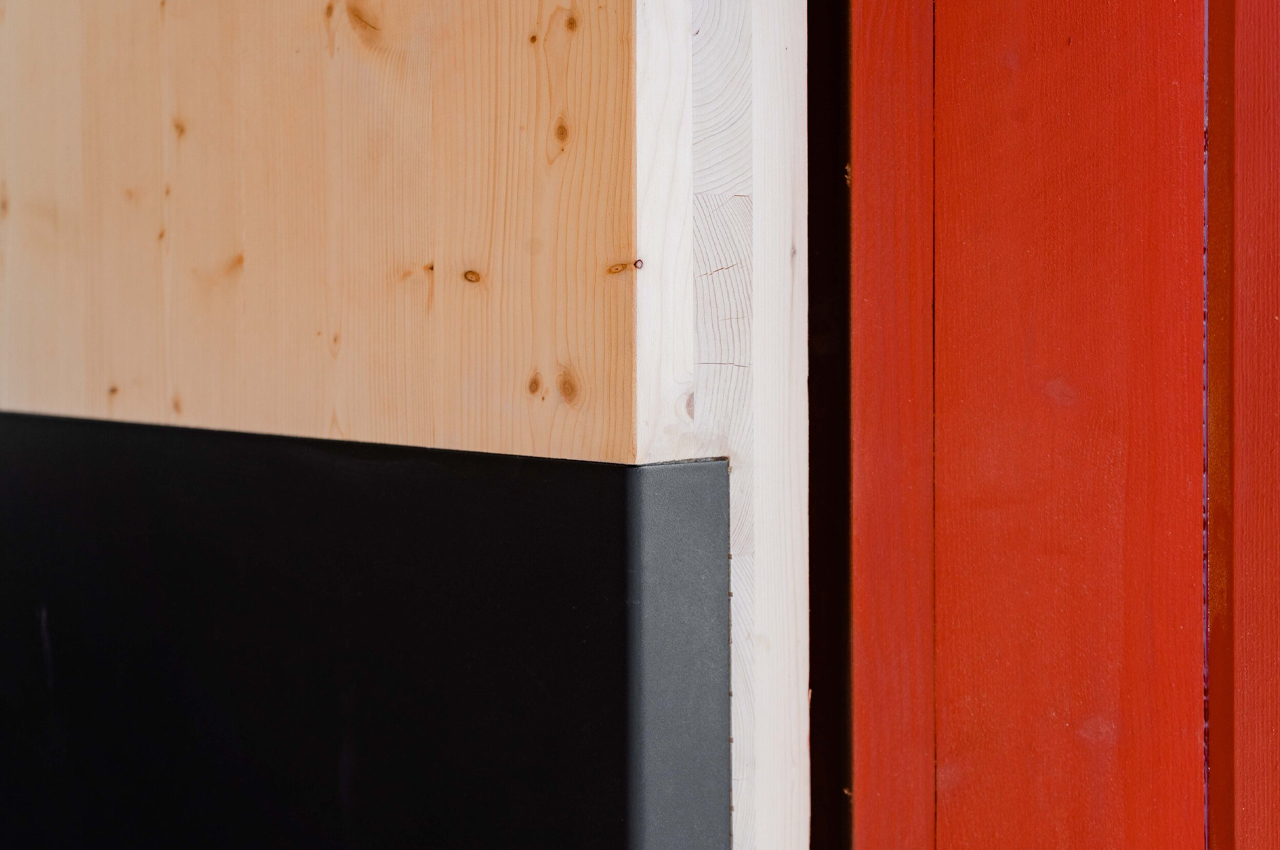
This alternative form of gate construction offers some privacy from the outside and then an unfettered view of the sea from the inside. This dramatic transition is exactly the purpose behind the Bathhouse’s modern update as the architects explain, “When you enter, you experience the purpose – you are sheltered at the same time as you have a view of the entire sea.”
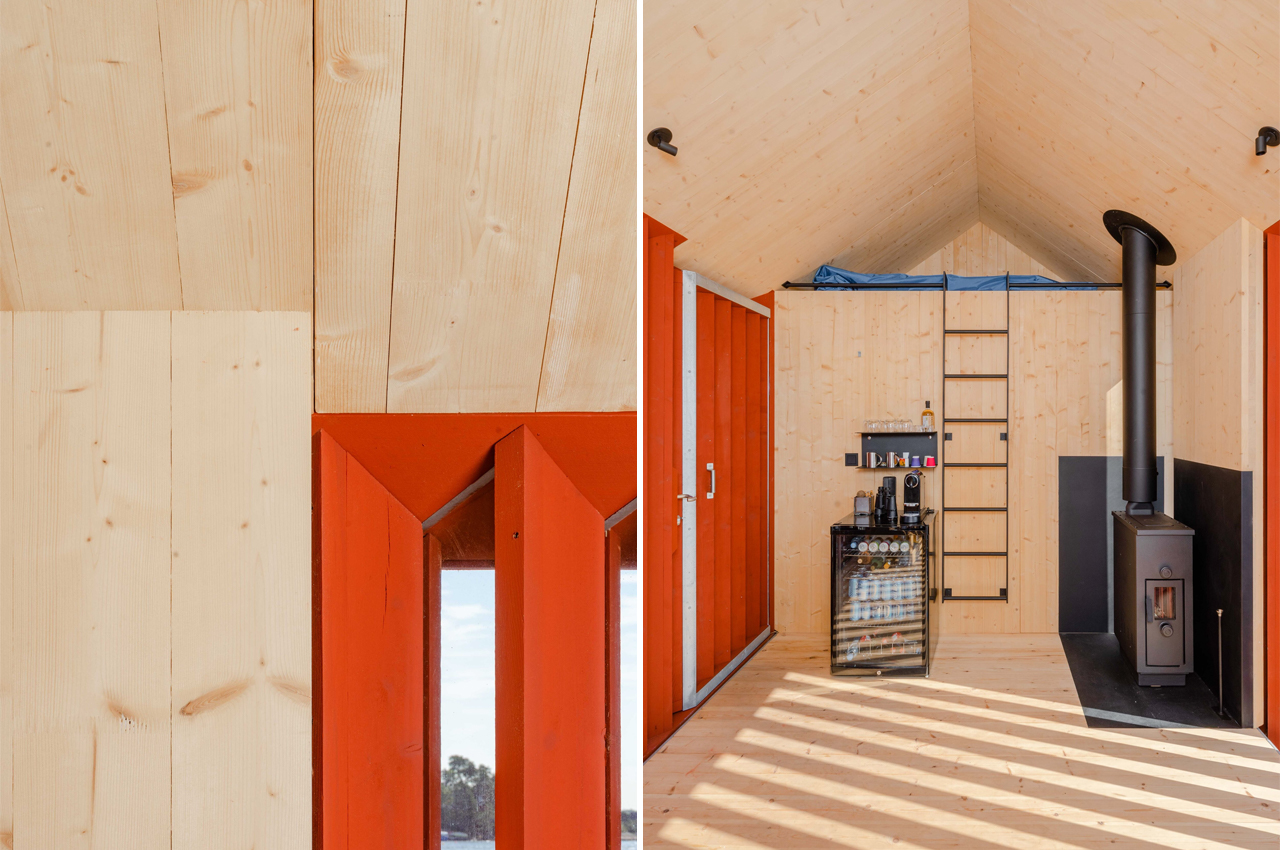
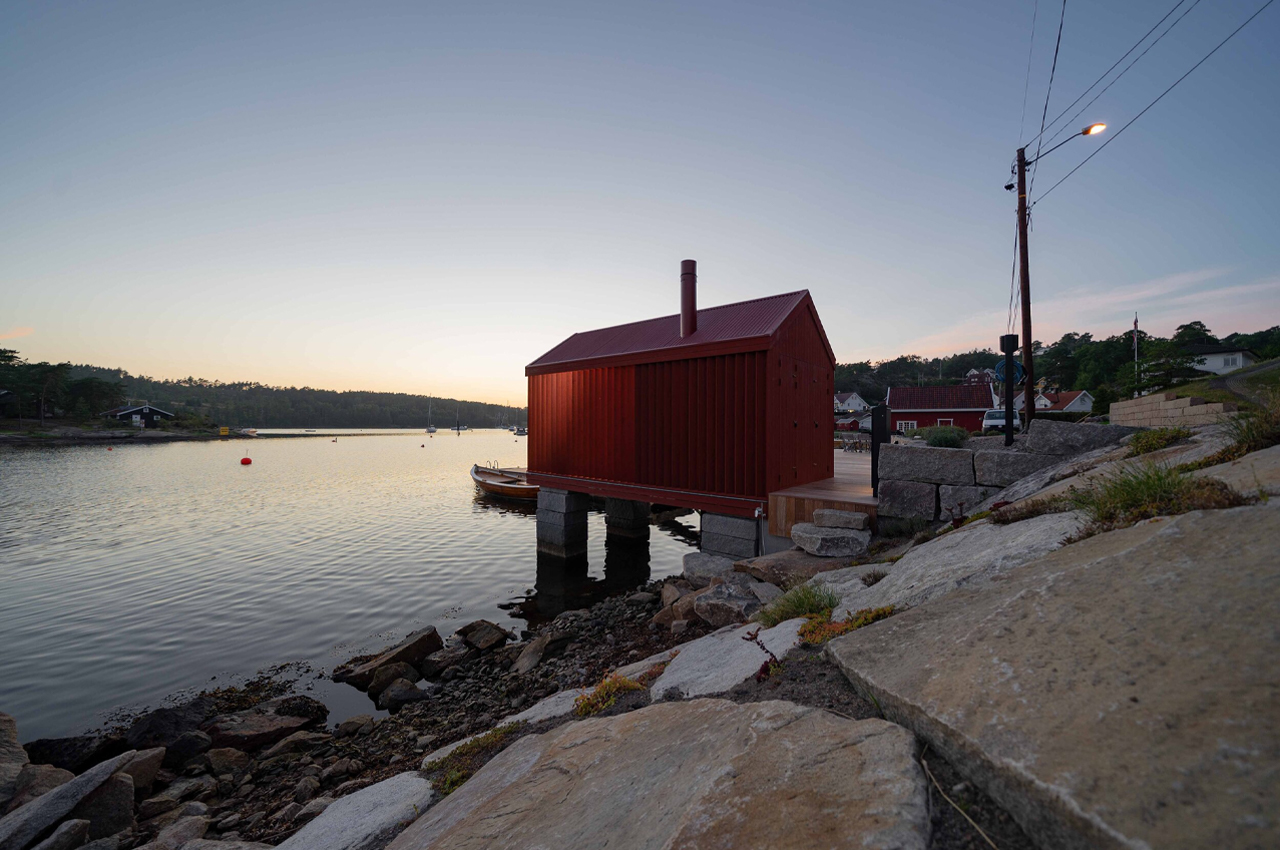
Entering the Bathhouse, one large full-swing door leads guests to its modest living area that organizes a minibar and woodfire stove towards the rear of the building. Behind that, a loft bed keeps a space for sleeping and a bathroom can be found in its own area behind a closed door. Just a few steps away, guests can enjoy a spacious lounge area that completely opens up to the sea via two large full-swing doors.
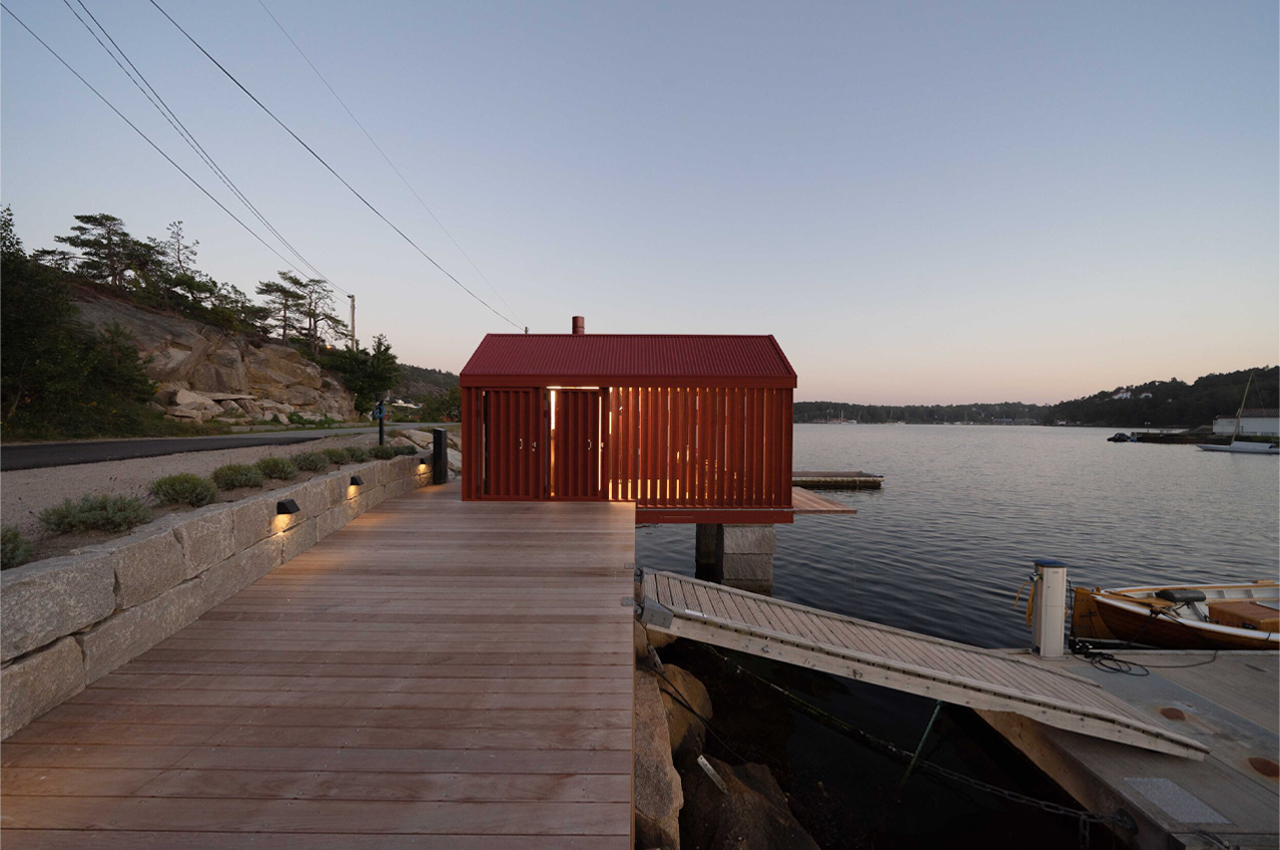
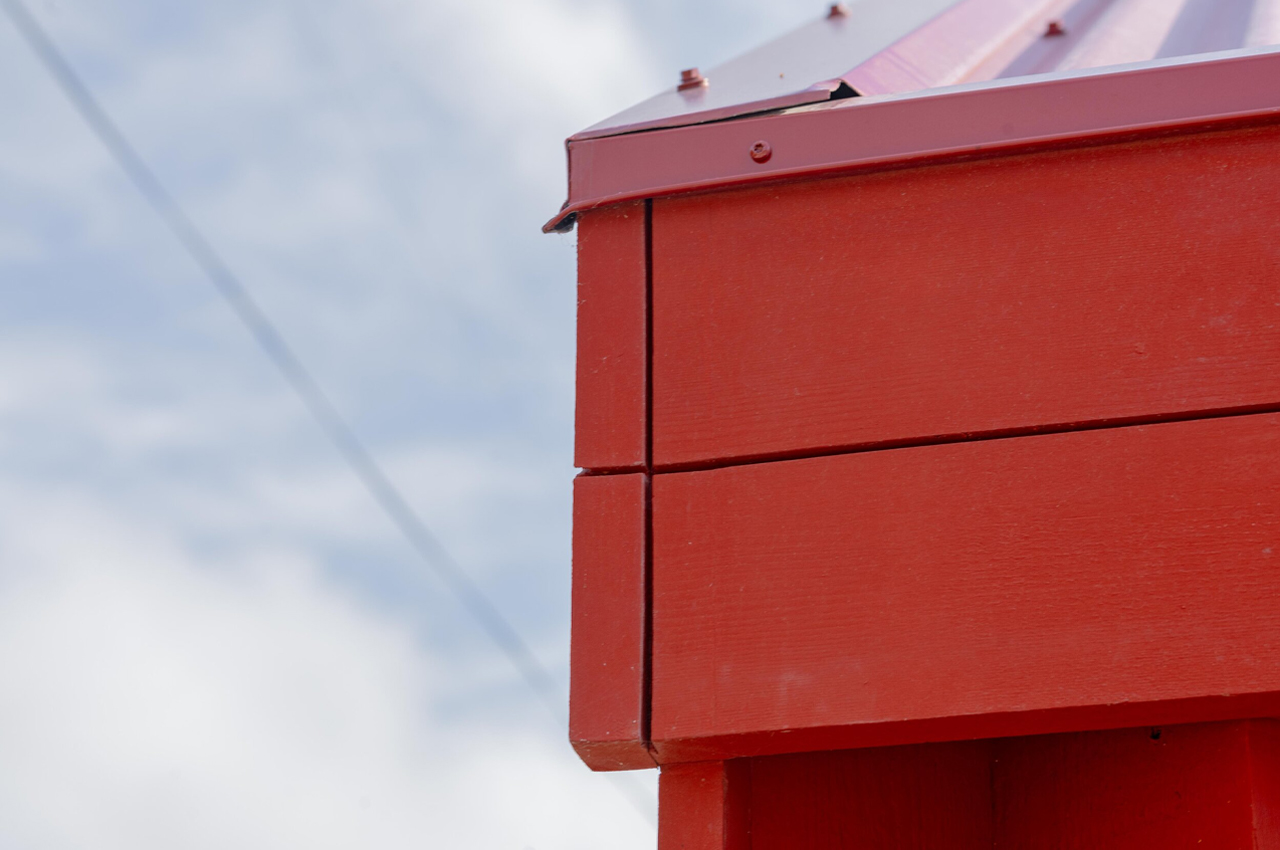
The floor and gabled ceiling remain bright with solid plywood paneling. The gaps formed by the angled timber planks are also covered by narrow acrylic panels that help protect the Bathhouse from the natural elements while still collecting pools of sunlight. Two granite columns and a concrete plinth give rise to a galvanized steel frame, where the Bathhouse rests.
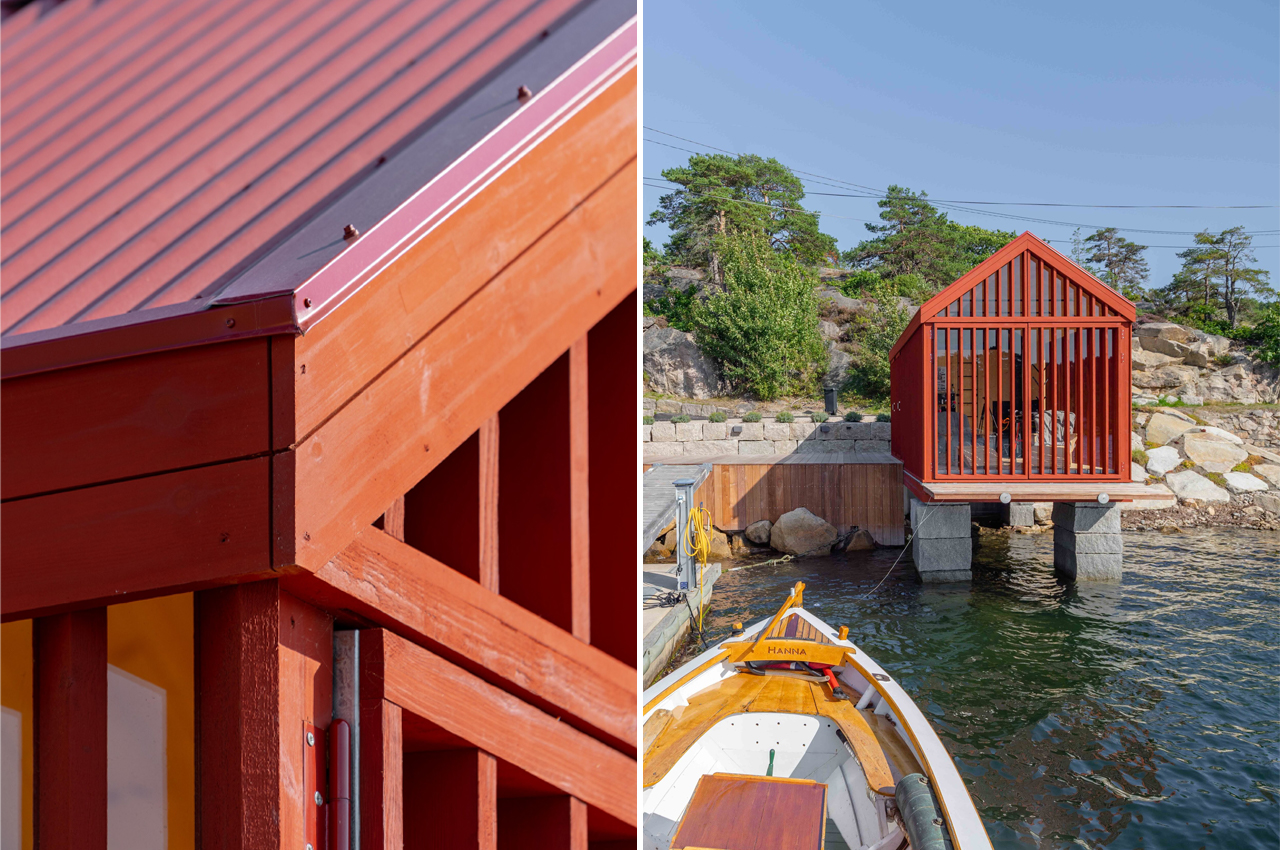
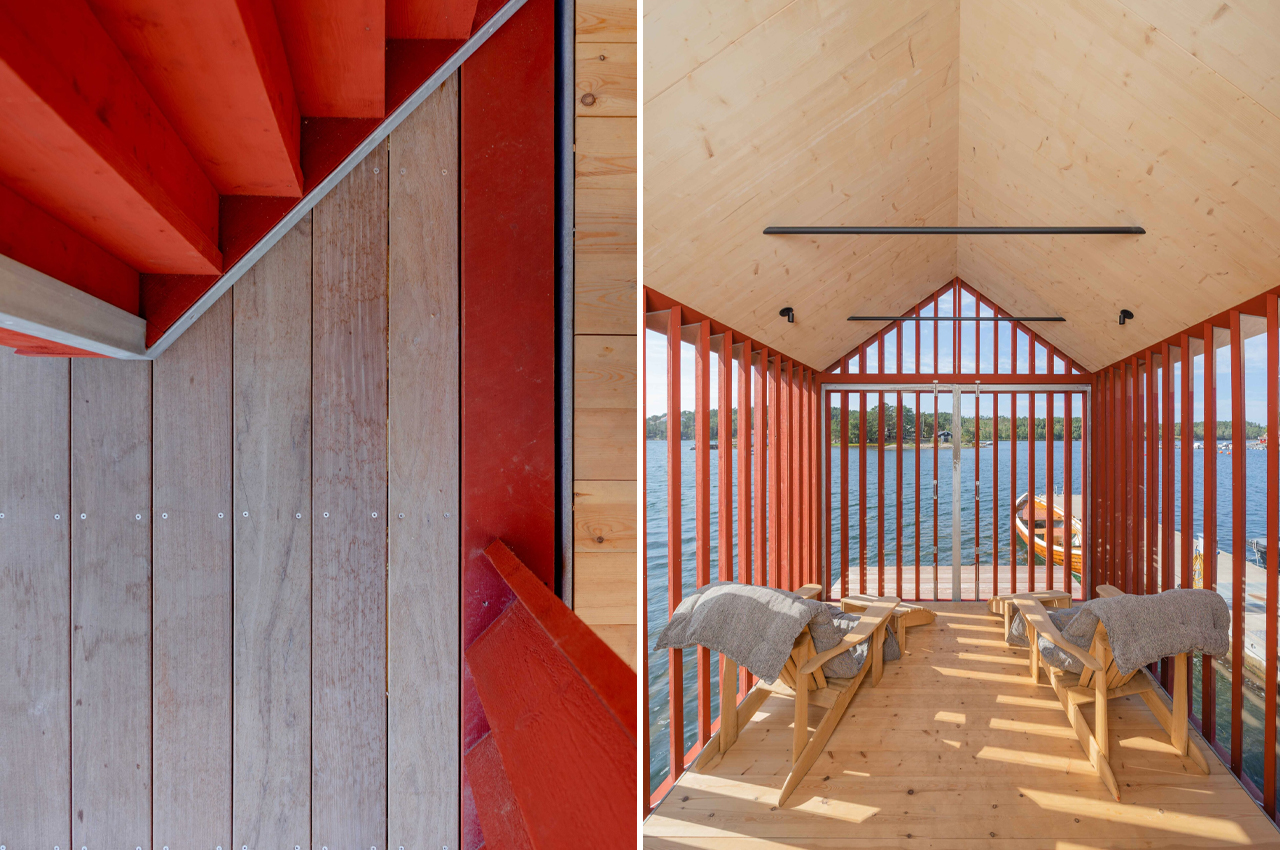 The timber planks open up the interior to the outdoors and add some energy to an otherwise stripped-down retreat.
The timber planks open up the interior to the outdoors and add some energy to an otherwise stripped-down retreat.
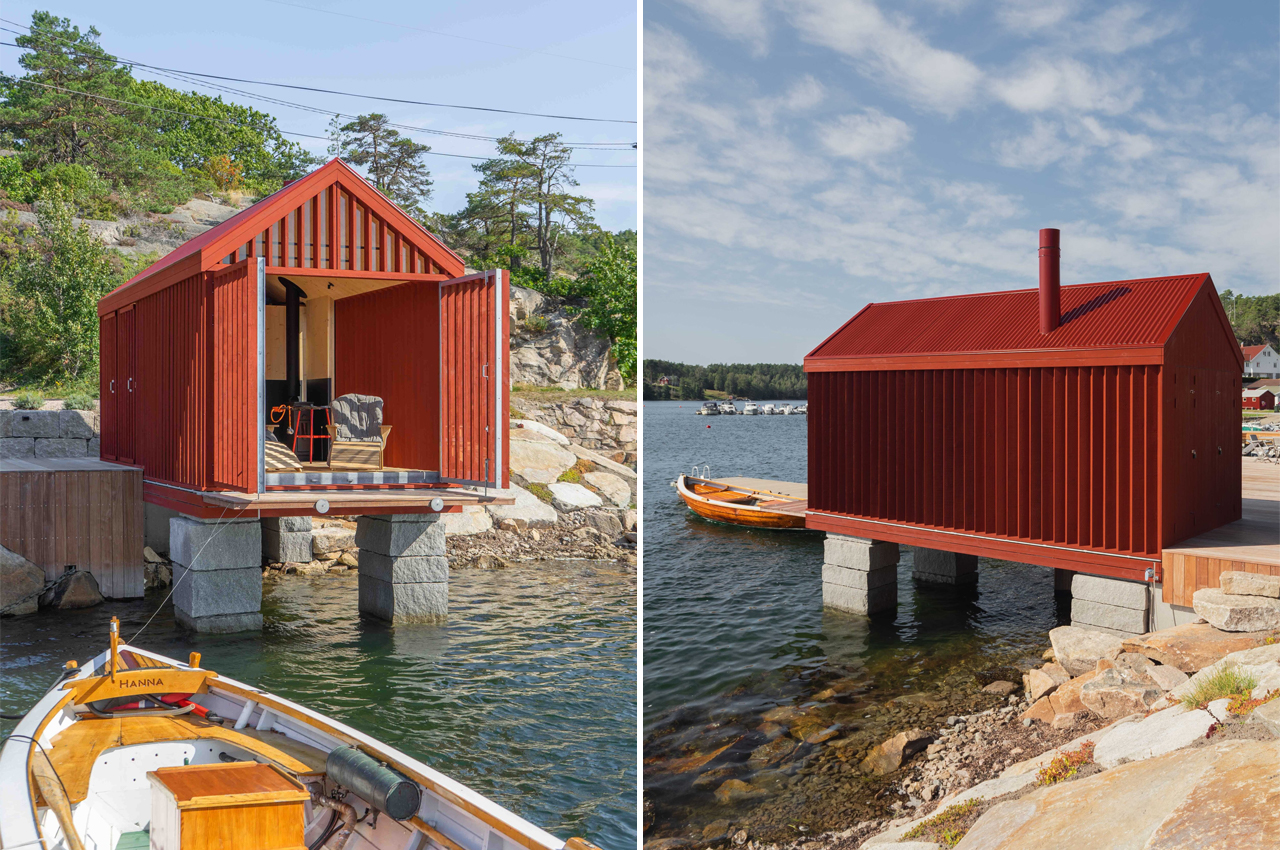
From behind, the Bathhouse looks entirely enclosed behind the timber planks.
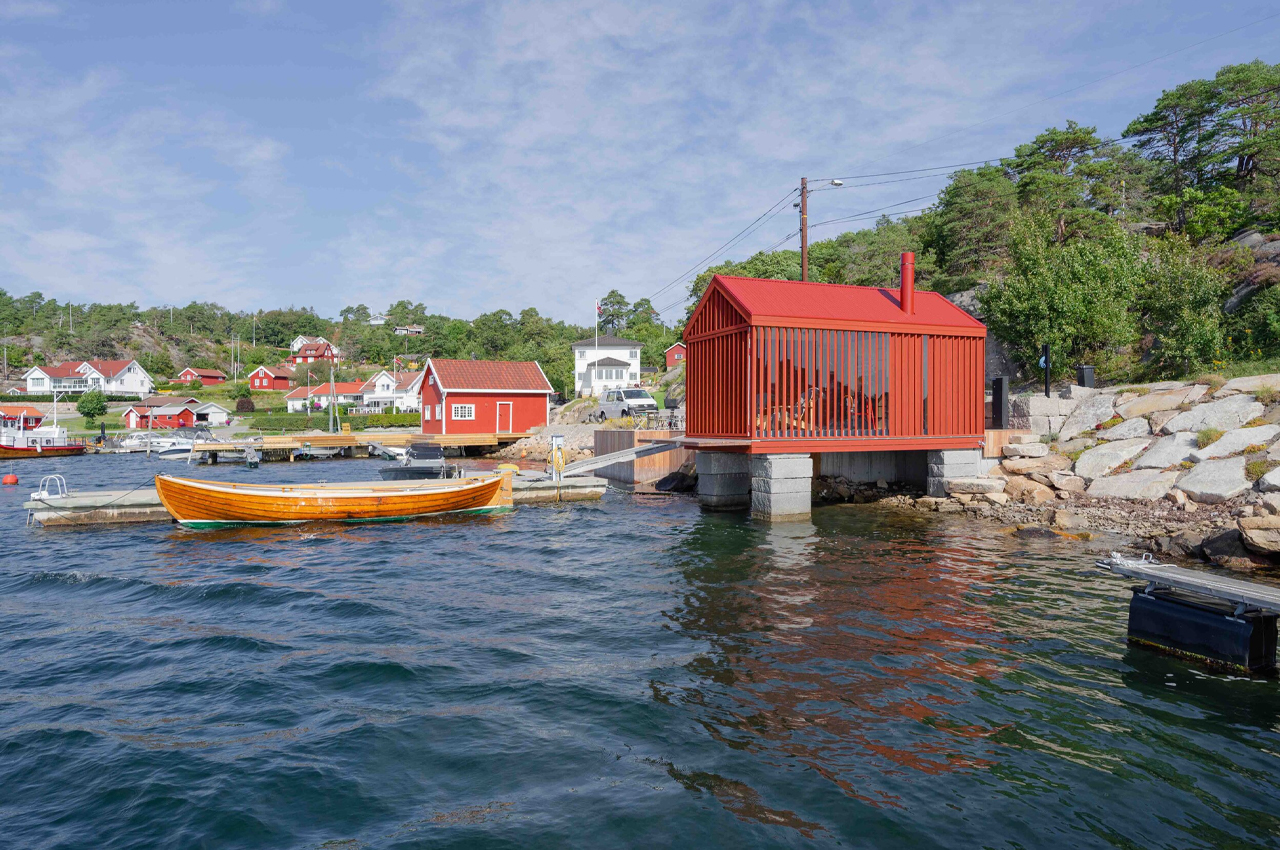
From the other side, the Bathhouse’s angled timber planks open up.
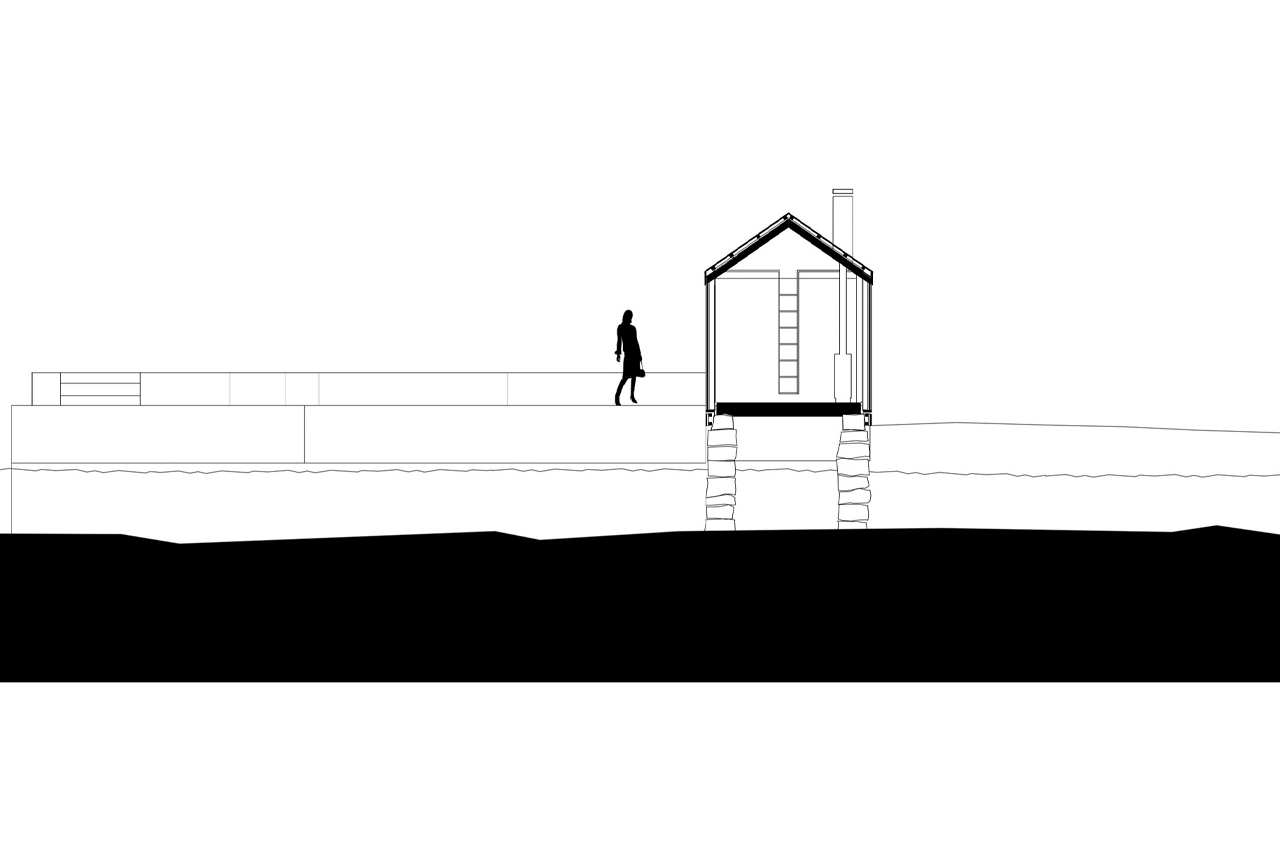
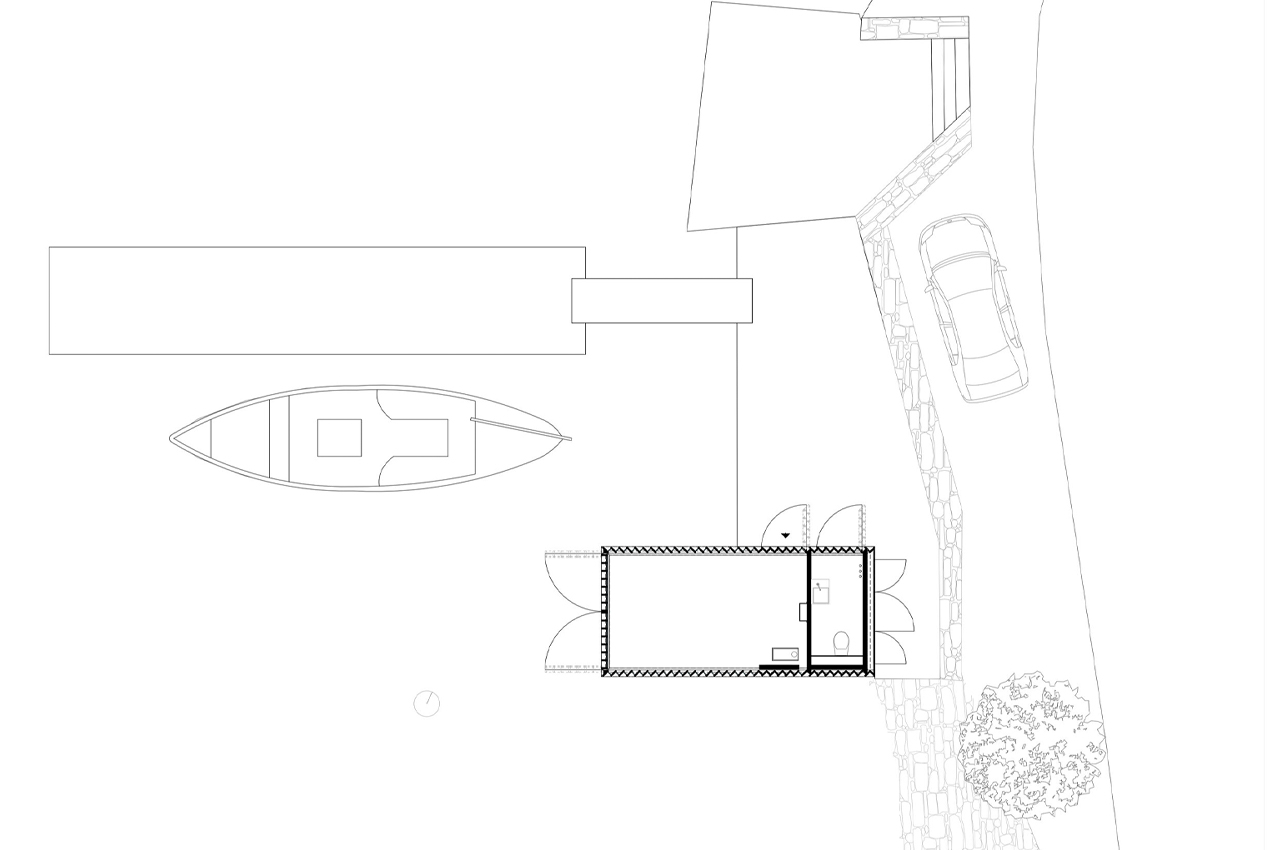
The post Modern design elements update this reinterpretation of a traditional Norwegian boathouse first appeared on Yanko Design.
0 Commentaires